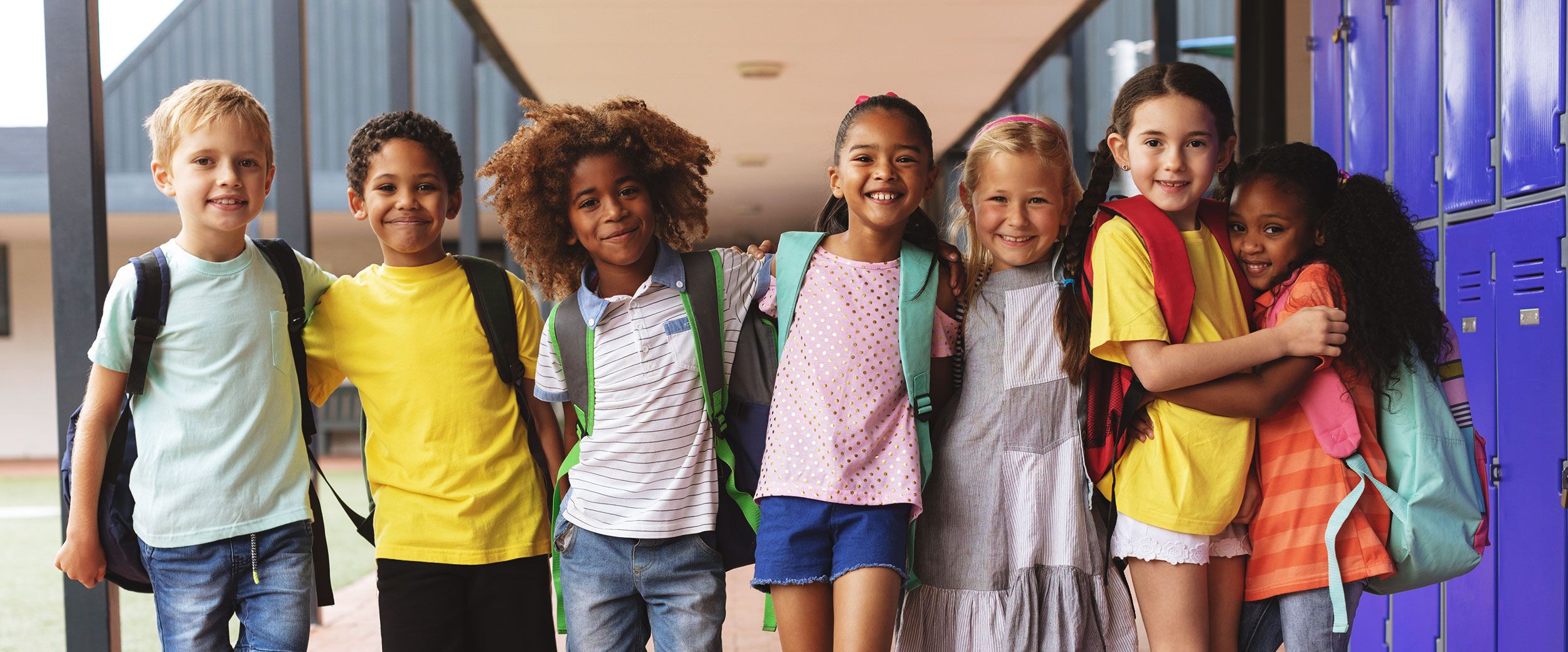

POVERTY IS NOT INEVITABLE
It is a result of policy choices, and we can choose better.
For our state, for our schools and for our children, we need to fix this.
It's an economic necessity, and a moral imperative.
Simple Policies That Can Make a Huge Difference
Economic Security

Working Families Tax Credit (Gounardes/ A Hevesi)
The executive budget includes an expansion of the child tax credit of up to $1,000 per child under age four and up to $500 per child from four through sixteen. This is an increase from the current credit which is valued at $330. Streamlines the state Earned Income Tax Credit and the Empire State Child Tax Credit.
Eliminates the phase–in, allowing the lowest income families to receive the largest credit. Increases the maximum credit to $1,500 per child and provides a $500 per child regardless of income. Credit will be paid out quarterly – four payments per year rather than one lump sum. It is estimated that the NYS WFTC will result in a 13.4% reduction in children under the age of 18 living in poverty, with a 19.6% reduction for those under 18 living in deep poverty.
Mothers and Lasting Change (MILC) (Ramos/Clark)
The executive budget creates a new program to provide a birth allowance to low-income parents during pregnancy and at-birth. The program, called the New York State BABY (Birth Allowance for Beginning Year) Benefit, which would provide $100 per month during pregnancy and a $1,200 benefit at birth for New Yorkers who receive public assistance.
Creates a pilot program to provide monthly subsidies for low-income pregnant mothers starting during the last three months of pregnancy and lasting through the first 18 months of the child’s life. The payment goes down to $500 for another nine months. They receive 21 monthly payments in all. The bill creates a pilot program allotting payments for 15,000 pregnant women. The total cost per recipient for 21 months of payments is $16,500.

Housing

Food

Universal School Meals

Healthcare
